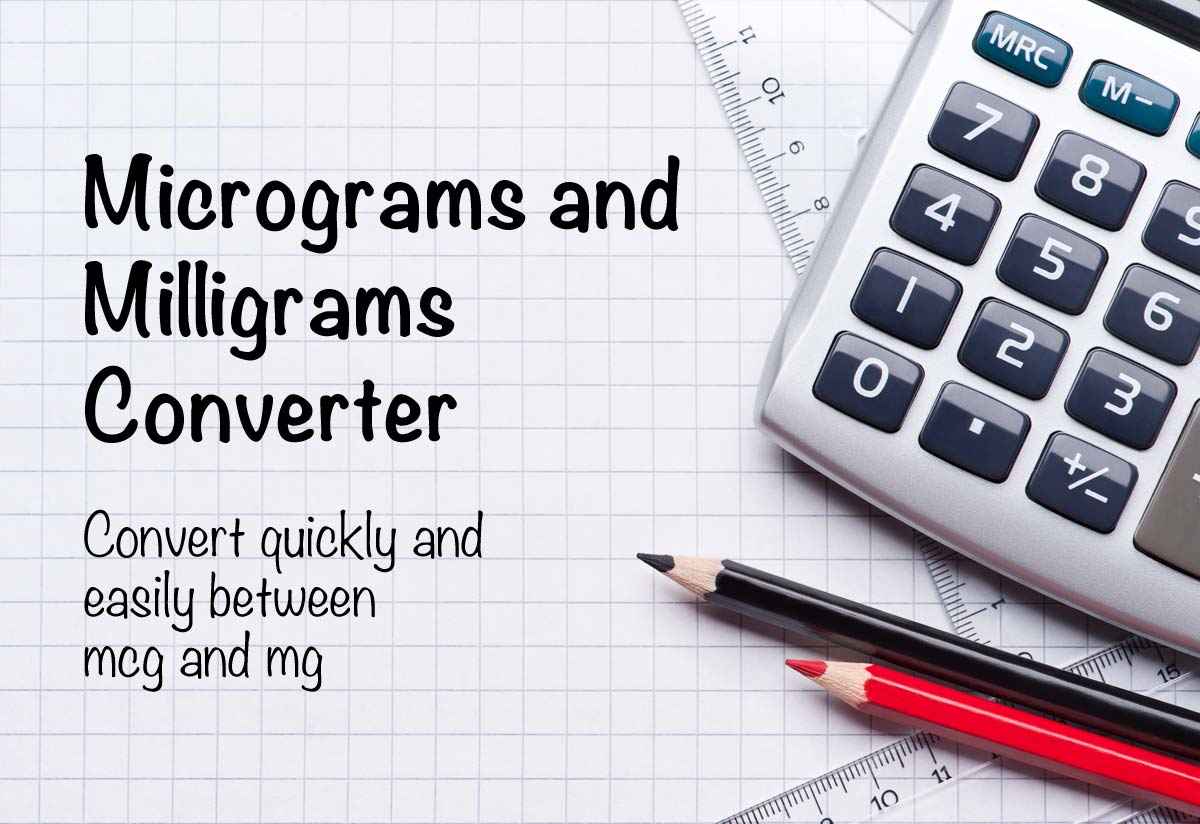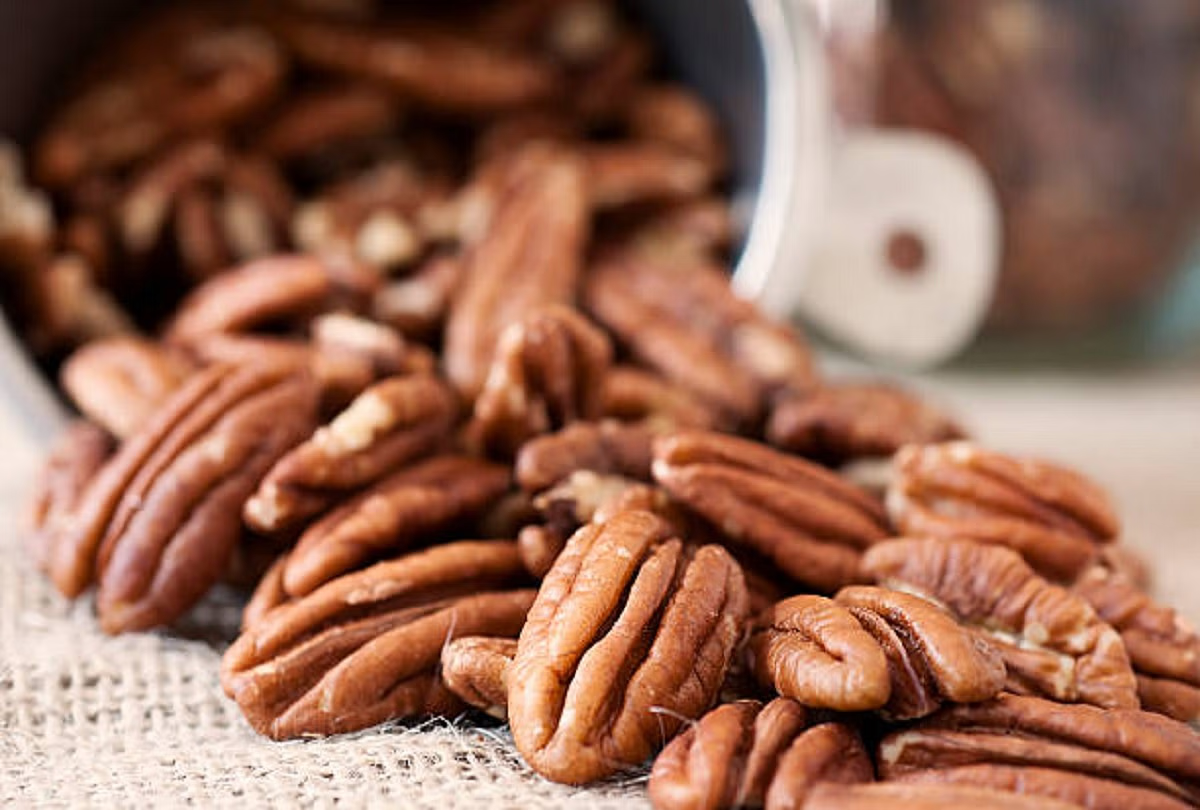Mastering Micrograms to Milligrams: A Precise Conversion Guide
Introduction
The conversion from micrograms (µg) to milligrams (mg) is a fundamental mathematical operation in various scientific disciplines, including chemistry, pharmacology, and medical fields. Whether you’re analyzing pharmaceutical dosages, conducting laboratory experiments, or evaluating the nutritional content of food, understanding how to convert micrograms to milligrams is essential. In this article, we will delve into the principles, practical applications, and examples of this conversion to help you master it.
Understanding Micrograms and Milligrams
Before we explore the conversion process, let’s clarify the definitions of micrograms and milligrams:
- Micrograms (µg): A microgram is a unit of mass in the metric system and represents one millionth of a gram. It is often used to measure very small quantities, such as the weight of individual cells or the concentration of substances in solutions.
- Milligrams (mg): A milligram is another metric unit of mass, and it is equal to one thousandth of a gram. Milligrams are commonly used to measure pharmaceutical dosages, the weight of small objects, and nutritional values.
The Need for Conversion
The conversion from micrograms to milligrams is essential when dealing with measurements involving substances in different units. Ensuring that you have the correct unit of measurement is crucial for precision and consistency in scientific work and everyday applications.
The Conversion Formula
The conversion from micrograms to milligrams is straightforward and follows the metric system’s principles:
Milligrams (mg)=Micrograms (µg)1000
Milligrams (mg)=
1000
Micrograms (µg)
This formula signifies that the number of milligrams is equal to the number of micrograms divided by 1000 because there are 1000 micrograms in a milligram.
Practical Applications
Converting micrograms to milligrams is a common task in various fields, such as:
1. Pharmacology
Pharmacologists often need to convert microgram-based drug dosages into milligrams for accurate administration and patient safety.
2. Medical Testing
Medical laboratory professionals use this conversion to analyze the concentration of substances in blood and other bodily fluids.
3. Nutrition and Dietary Analysis
Nutritionists and dietitians may need to convert microgram values in nutritional labels to milligrams for dietary recommendations and assessments.
4. Scientific Research
Researchers frequently work with microgram measurements, and converting these to milligrams allows for consistency in reporting results.
Examples of Conversion
Let’s illustrate the conversion with practical examples:
Example 1: Converting 250,000 µg of a drug to milligrams.
Using the conversion formula:
Milligrams (mg)=250,000 ��1000=250 ��
Milligrams (mg)=
1000
250,000μg
=250mg
So, 250,000 micrograms of the drug are equivalent to 250 milligrams.
Example 2: Converting 750 µg of a vitamin to milligrams.
Using the conversion formula:
Milligrams (mg)=750 ��1000=0.75 ��
Milligrams (mg)=
1000
750μg
=0.75mg
Therefore, 750 micrograms of the vitamin are equivalent to 0.75 milligrams.
Conclusion
Converting micrograms to milligrams is a simple yet essential mathematical operation, allowing for consistency and precision in various scientific and practical applications. Understanding the conversion formula and when to use it ensures that you can work with small-scale measurements accurately, whether you’re in the laboratory, healthcare, or analyzing nutritional values. By mastering this conversion, you empower yourself to handle diverse tasks that involve microgram-to-milligram transitions, making it a valuable skill in multiple fields.
Talkaaj.com से नवीनतम अपडेट प्राप्त करने के लिए हमारे Whatsapp channel को सब्सक्राइब करें। यहां Click here और अपने पसंदीदा अपडेट प्राप्त करें।
NO: 1 हिंदी न्यूज़ वेबसाइट Talkaaj.com (बात आज की)
(देश और दुनिया की ताज़ा खबरें सबसे पहले पढ़ें Talkaaj (बात आज की) पर , आप हमें Facebook, Twitter, Instagram, Koo और Youtube पर फ़ॉलो भी कर सकते हैं.)
Posted by Talk-Aaj.com












